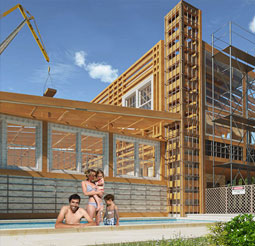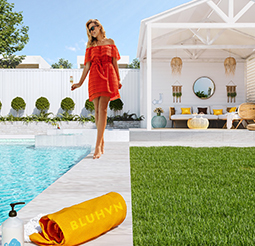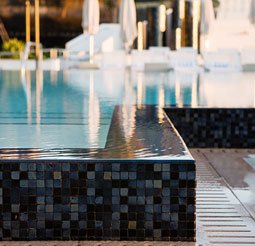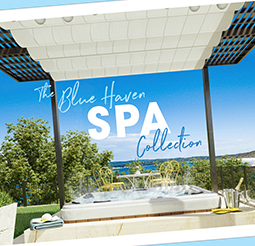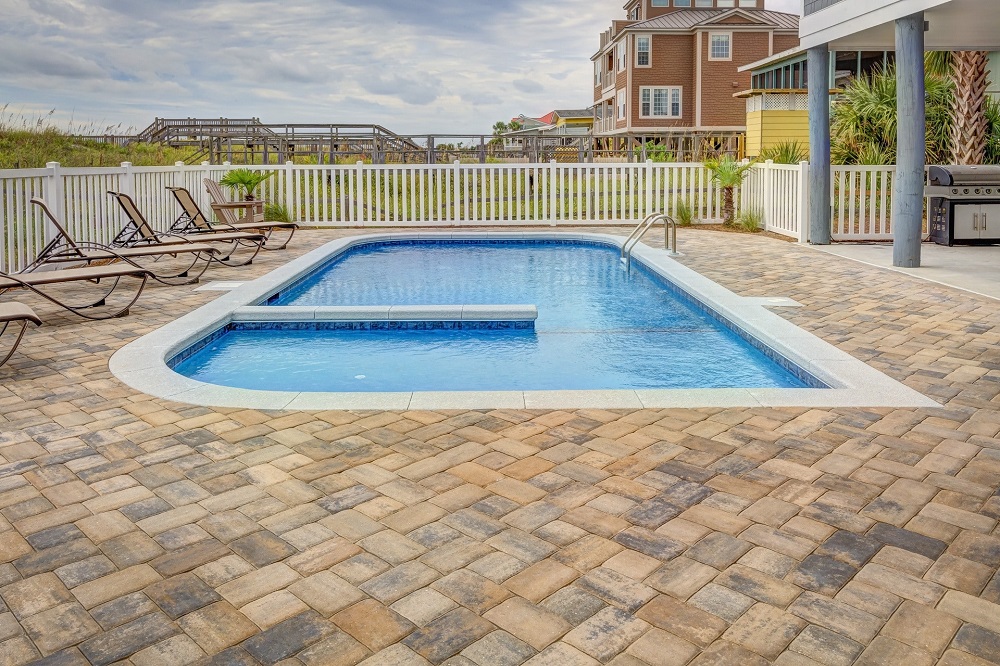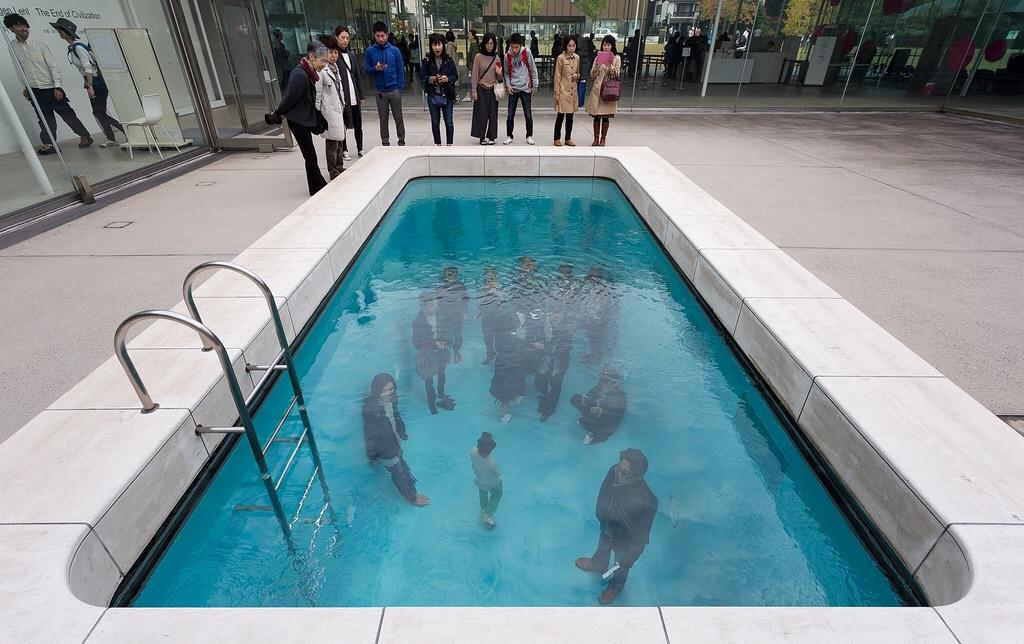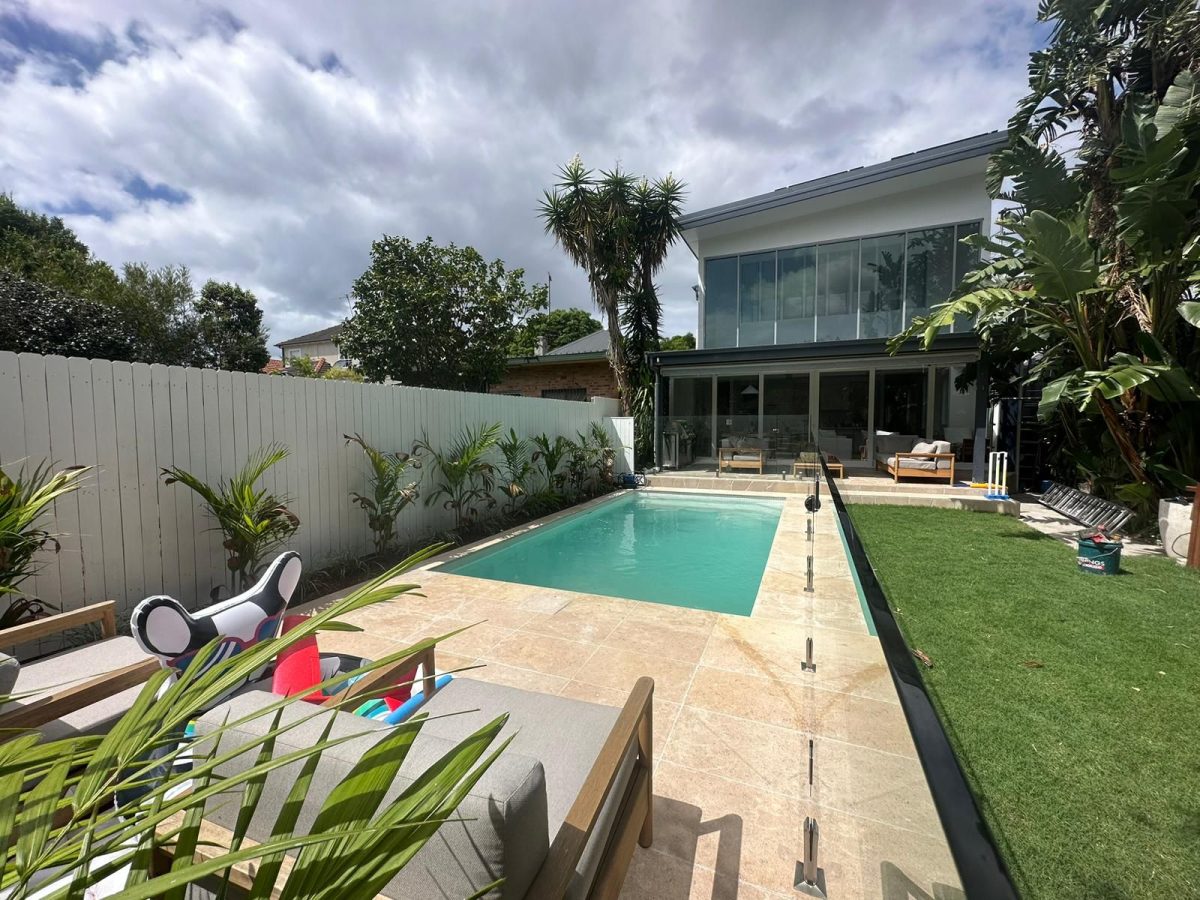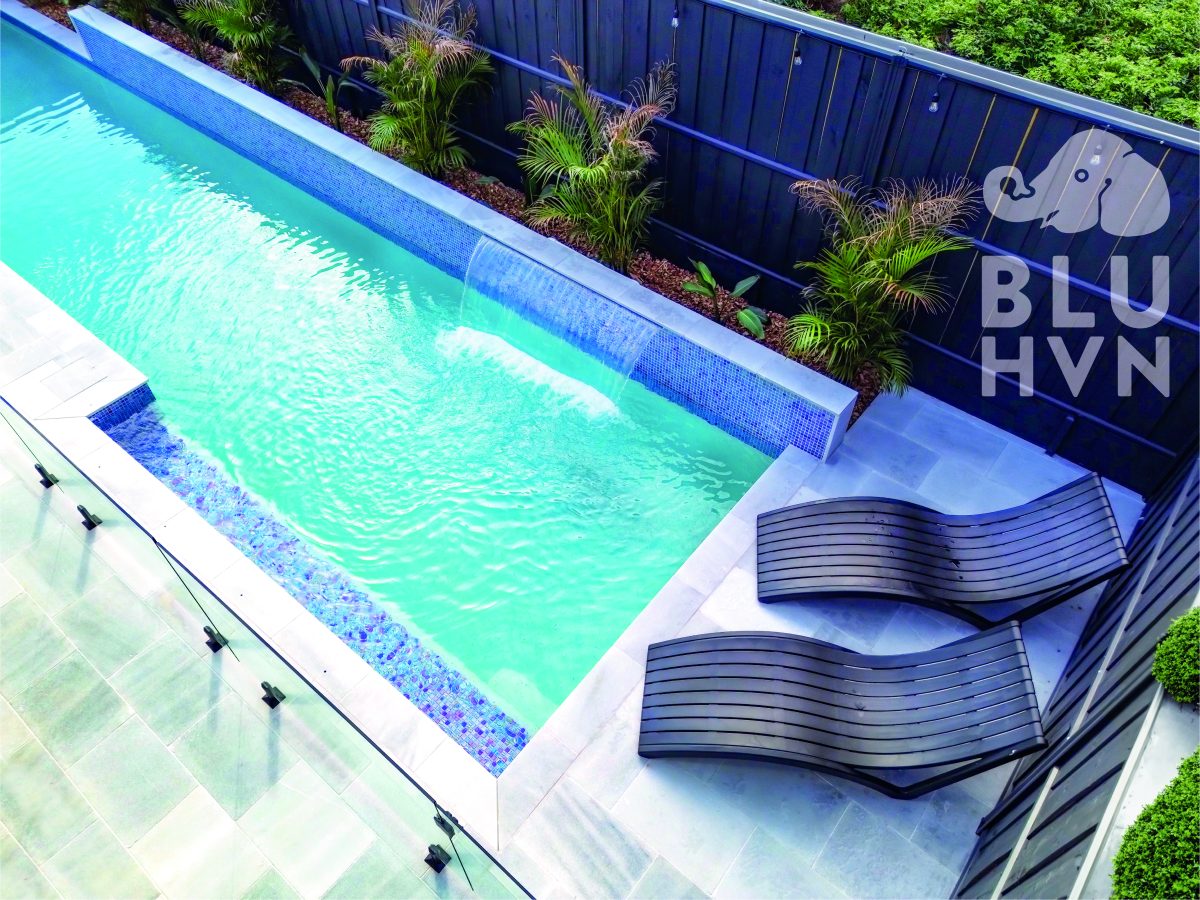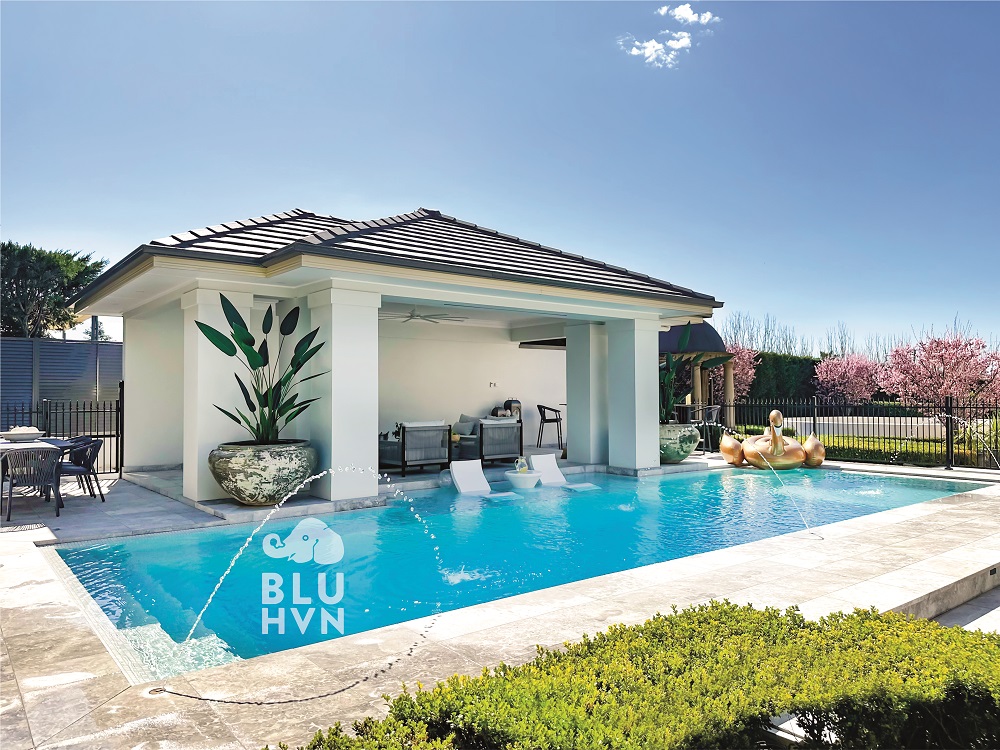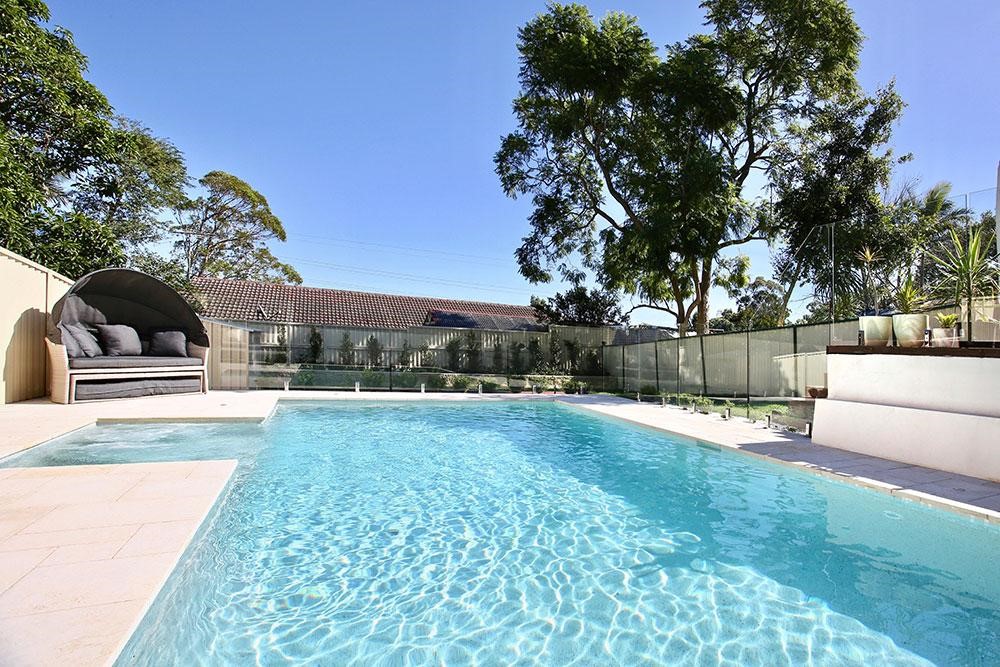Understanding Local Pool-Building Regulations: Key Information for Your Region
September 6, 2023
If you’re considering installing a new pool on your property, there are some strict safety and building guidelines to follow. The rules vary slightly from state to state, and your pool contractor should be well aware of the requirements. However, homeowners still need to understand their obligations to ensure compliance. In this article, we’ll take you through the pool-building regulations for each state and territory in Australia.
Swimming pool fencing regulations
The common theme throughout every state’s pool building regulations is the requirement for safe fencing. Family swimming pools are a great addition to your home, but they do present a danger for unsupervised children. For that reason, pool owners must follow strict rules when erecting fencing around their pools.
Essentially, pool fences need to be childproof, and most states will conduct an inspection to ensure regulations are followed. The key points of most pool fencing regulations around Australia are:
- Fences must be at least 1.2 metres high
- Boundary fences must be at 1.8 metres high
- There must be no easy way to climb over the fence
- The gap between the fence and the ground, as well as gaps between posts, must be 100mm or less
- Gates need to be self-closing
- Latches must be out of the reach of children
These regulations also apply to spas, but if your spa has a lid, there is an extra rule to follow. Even if you have proper fencing and a solid lid on your spa, it must be lockable. Any recreational body of water over 300mm deep must include a safety barrier.
Let’s look at the specific regulations in each state and territory.
New South Wales
In NSW, the standard fencing rules above still apply. In addition, if the pool fence includes climbable, horizontal bars, these must be spaced 900mm apart. A non-climbable zone extends 900mm around the pool. This means that trees, shrubs, toys, chairs, ladders or anything climbable must not be within 900mm of the pool fence. This is to stop children from getting over the fence and gaining unsupervised access.
There are also rules regarding doors and windows that form part of the safety barrier. This is more common in indoor pools, but some older safety barriers may include doors and windows. All doors and windows must be lockable, self-closing, and not open towards the pool.
Having a CPR sign near your pool is also a legal requirement. The sign must be easy to read from 3 metres away. It is also recommended that any other pool safety signage be attached to the fence or gate.
Queensland
Queensland has very similar fencing regulations to the ones that are standard all over Australia. You must have a gap of 900mm between horizontal rails on your fence, and the non-climbable zone also applies. Children must not be able to access the pool unsupervised.
Boundary fences can be used as part of a safety barrier if it is at least 1.2 metres high and non-climbable from both sides. In addition, there must be no climbable items within 300mm on the inside.
In terms of fencing materials, if you choose glass fencing, it must be reinforced glass and contain no fractures.
Above-ground pools or spas also have safety requirements. However, the sides of the pool may be considered a safety barrier if they are more than 1.2 metres high and are not climbable. In that case, the designated access point (ladder) must be surrounded by a safety barrier that meets the usual requirements.
Victoria
Since 2019, Victorians have been required to register their swimming pool or spa with the local council. This process also includes an inspection of the pool safety barrier by a registered pool inspector. Once checked, you’ll be issued a Certificate of Compliance that must be included for your pool registration to be successful.
Safety barrier rules in Victoria apply for any pool, spa, bathing pool, or even inflatable pool capable of holding a 300mm depth of water. The rules around safety barriers are similar to the national standards, meaning the 1.2m fence height is in effect, as are non-climbable zones and the requirements for self-closing gates and latches. All fencing must comply with AS1926.1-2012.
It’s important to note that the presence of a pool cover doesn’t negate the need for proper fencing. You still need a safety barrier that meets all building requirements. In addition, if you’re building or installing a new pool, you must seek a building permit to do so.
South Australia
South Australia maintains similar rules to other states regarding pool fencing. Pool fences must be a permanent barrier to children, ensuring there is no way for a child to climb over or access the pool unsupervised. Boundary fences used as part of the safety barrier must be at least 1.8m in height, while normal pool fencing must be 1.2m in height.
Gates must swing outwards away from the pool and be self-closing, while latches must be out of the reach of children. Latches should be installed at least 1.5m from the ground.
South Australia is also quite specific about using filtration and water re-circulating systems that comply with Australian standards to minimise the risk of small children or hair being caught in filters.
Children must always be supervised, and CPR signage must be clearly displayed around the pool. You’ll also need development approval to install most pool types in South Australia, especially if you want a pool or spa on your deck or near a retaining wall.
Tasmania
In Tasmania, the rules are quite similar to those in Victoria. All pool fencing must meet the Australian Standards AS1926.1-2012 and AS1926.2-2007. As we’ve already mentioned the rules above, we won’t go over them again; however, it’s worth noting that pool fencing in Tasmania can only be installed by a licensed builder and overseen by a licensed building surveyor.
Once again, latches must be out of the reach of children, and gates must be self-closing. In a slight difference to Victoria’s rules, there are some situations where you can install spas and pools without a building permit, but only when a compliant pool safety barrier is in place.
Western Australia
All private pools and spas in Western Australia must comply with the Building Code of Australia. This means a building permit is required for any pool or spa capable of holding a 300mm depth of water. You also need approval for the associated safety barrier, which must meet the standard regulations of AS1926.1-2012.
Due to law changes in 2016, any pools installed before 2016 are subjected to older regulations, but owners can still choose to comply with new laws. Post-2016 pools must comply with the new regulations.
As with other states, gates must open outwards and include a latch no less than 1.5m off the ground. Latches that aren’t 1.5m off the ground may still comply if they are shielded and only accessible from inside the pool area.
In addition, if a balcony near the pool is less than 1.8m high, a compliant barrier must also be fitted to the balcony.
Northern Territory
Northern Territory pools are subject to the same safety standards as other states. If you want to build or install a pool capable of holding 300mm of water, your fencing must comply with AS1926.1-2012 and be inspected by a pool safety advisor. This applies only to pools and spas built on properties less than 1.8 hectares.
When building your pool, you’ll need an interim compliance certificate. You and your pool contractor must fill out forms before construction. Even once construction is complete, you must get a Compliance Certificate within 7 days and before the pool is filled with water.
Australian Capital Territory
The ACT follows very similar laws to NSW. Fence height (minimum 1.2m), non-climbable zones, and gate and latch requirements are all the same in the ACT. The only slight difference between the ACT and other states is the building permit requirement. Any pool capable of holding a water depth of 300mm requires a building permit, however, the fences may be exempt if a compliant pool safety barrier is erected prior to the pool holding water. In this case, it still must meet appropriate building standards, and owners require a Certificate of Occupancy and Use.
It’s important to note that in the ACT, the pool owner must regularly check boundary fences used for pool safety barriers. If your neighbour places something within the non-climbable zone (a 1.2m arc from the top of the fence), your fencing immediately becomes non-compliant.
Need a team that understands pool building regulations in Australia?
Blue Haven is the team to call if you want to build a pool in NSW. We’ve been designing and installing beautiful luxury pools for years and have the expertise to turn your outdoor space into your own slice of paradise. From lap and plunge pools to the EnviroSmart mineral pool, we have a range of options for everybody. That includes our great spa range, too.
Best of all, we ensure your pool remains compliant with all industry regulations and standards. Safety always comes first and our expert pool contractors provide a hassle-free pool-building process. Contact us today to find out more
Read More:

